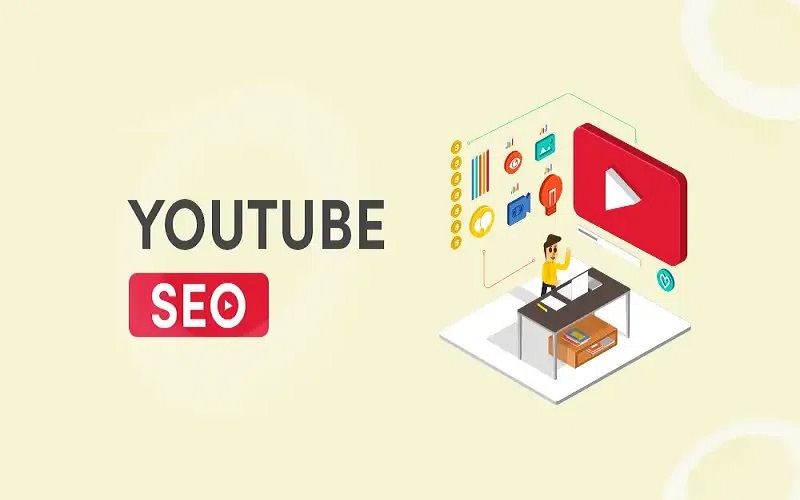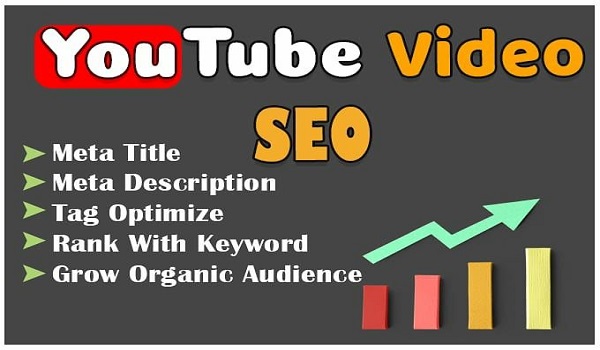Top YouTube Account Management Tips for Growing Your Channel
In today’s digital landscape, YouTube stands as one of the most influential platforms for content creators, businesses, and marketers alike. With over 2.5 billion active users each month, it offers an unparalleled opportunity to reach a global audience, engage with communities, and build a brand. However, the success of a YouTube channel isn’t just about creating great videos. Effective YouTube account management is crucial for maximizing your channel’s potential and achieving your goals.
This article provides a detailed guide on YouTube account management, covering everything from setting up your channel to optimizing your content strategy and analyzing performance metrics.
1. Setting Up Your YouTube Account Management
Creating a YouTube Channel
To start, you’ll need a Google account to access YouTube’s features. Once you have one, follow these steps to create your channel:
- Sign In: Log into your Google account and go to YouTube.
- Access YouTube Studio: Click on your profile icon at the top right and select “YouTube Studio.”
- Create a Channel: Follow the on-screen prompts to set up your channel, choosing a name and customizing your channel art.
Channel Branding
Your channel’s visual identity plays a significant role in attracting and retaining viewers. Key elements include:
- Channel Art: Design an eye-catching banner that represents your brand. YouTube recommends a 2560 x 1440 px image for best results.
- Profile Picture: Choose a clear, high-quality image or logo. A 800 x 800 px image works well.
- Channel Description: Write a compelling description that outlines what your channel offers and what viewers can expect.

2. Creating a Content Strategy
Understanding Your Audience
Before you create content, know who you’re creating it for. Use YouTube Analytics to understand your audience’s demographics, interests, and viewing habits.
Content Planning
Develop a content calendar that includes:
- Content Types: Decide on the types of videos you’ll produce (tutorials, vlogs, reviews, etc.).
- Publishing Schedule: Establish a regular upload schedule to keep your audience engaged.
Video Production Tips
- Quality Matters: Invest in good equipment (camera, microphone, lighting) and editing software.
- SEO Optimization: Use relevant keywords in your video titles, descriptions, and tags. Tools like TubeBuddy or VidIQ can assist with keyword research.
3. Engaging with Your Audience
Building Community
Engagement is crucial for channel growth. Consider these strategies:
- Respond to Comments: Interact with viewers by responding to their comments.
- Host Live Streams: Live sessions help build a stronger connection with your audience.
- Encourage Interaction: Ask viewers to like, comment, and subscribe to your channel.
Community Guidelines
Adhere to YouTube’s community guidelines and avoid content that might be flagged as inappropriate. This includes not using misleading titles or violating copyright laws.
4. Analyzing Performance Metrics
Key Metrics to Track
YouTube Analytics provides insights into your channel’s performance. Key metrics include:
- Watch Time: Total amount of time viewers spend watching your videos.
- Views: The number of times your videos have been watched.
- Subscribers: The number of new subscribers gained over time.
- Engagement: Metrics such as likes, comments, and shares.
- Click-Through Rate (CTR): The percentage of viewers who clicked on your video after seeing the thumbnail.
Using Analytics for Improvement
Analyze these metrics to understand what works and what doesn’t. Adjust your content strategy based on viewer preferences and trends.
5. Monetizing Your YouTube Channel
Understanding Monetization Options
YouTube offers several ways to monetize your content:
- YouTube Partner Program (YPP): Earn money from ads displayed on your videos. To join, you need 1,000 subscribers and 4,000 watch hours in the past 12 months.
- Channel Memberships: Offer exclusive perks to members who pay a monthly fee.
- Super Chat and Super Stickers: Viewers can pay to have their messages highlighted during live streams.
- Merchandise Shelf: Sell branded merchandise directly on YouTube.
- Affiliate Marketing: Promote products and earn a commission on sales made through your referral links.
Setting Up Monetization
To start monetizing, apply for the YouTube Partner Program through YouTube Studio and follow the steps to set up your AdSense account.
6. Staying Updated with YouTube Trends and Policies
Adapting to Changes
YouTube is constantly evolving. Stay updated with:
- YouTube’s Blog: Read about new features and updates.
- Creator Community: Engage with other creators to share insights and strategies.
- YouTube Creator Academy: Take advantage of free courses and resources.
Policy Changes
Regularly review YouTube’s policies to ensure your content remains compliant and avoid penalties or demonetization.
Conclusion
Effective YouTube account management involves a blend of creativity, strategic planning, and ongoing analysis. By setting up your channel with a strong foundation, creating a thoughtful content strategy, engaging with your audience, analyzing performance, exploring monetization opportunities, and staying informed about trends and policies, you can build a successful YouTube presence.
You can follow video marketing consultant on their Social Media like Instagram or Facebook and many more.











Recent Comments